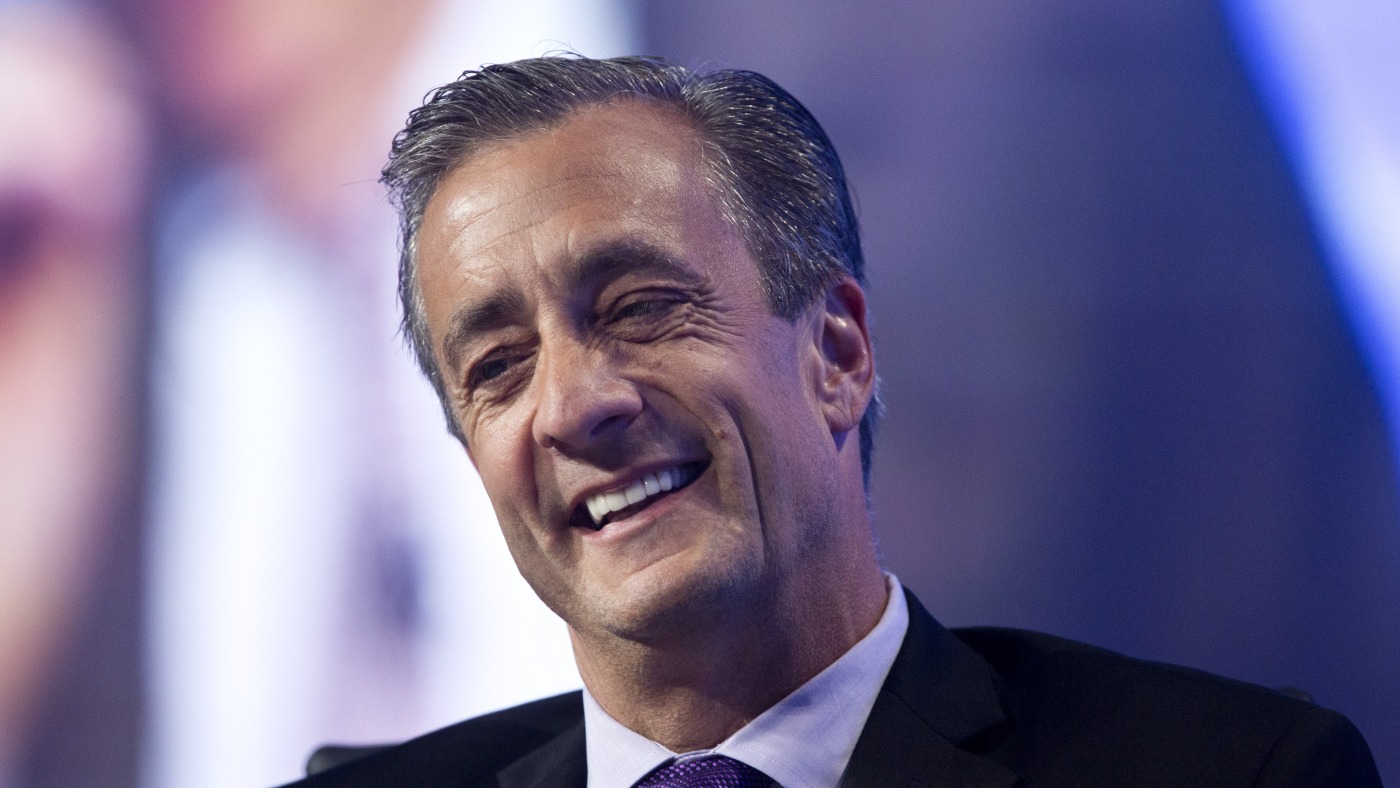“`markdown
The U.S. Postal Service (USPS) stands at a crossroads with the impending leadership transition to David Steiner, a move that has ignited debate about the future of this century-old institution. Steiner’s appointment reflects broader tensions between modernization and tradition, privatization and public service. Below, we dissect the implications, controversies, and potential outcomes of this pivotal decision.
—
A New Leader for a Struggling Institution
The USPS, long plagued by financial instability and operational inefficiencies, now faces a leadership shakeup. David Steiner, a corporate veteran with ties to FedEx and Waste Management, was handpicked by the USPS Board of Governors to replace Louis DeJoy. His selection, however, is far from uncontroversial.
Steiner’s corporate pedigree—marked by cost-cutting and privatization—has drawn sharp criticism from postal unions and public advocates. His lack of direct postal experience raises questions: Can a leader from outside the sector address the USPS’s unique challenges, or will his approach prioritize profit over public service?
—
The Controversy: Conflicts and Privatization Fears
1. The FedEx Connection
Steiner’s role on FedEx’s board is a lightning rod for criticism. FedEx, a direct USPS competitor, has long advocated for privatizing postal services. Critics argue Steiner’s dual loyalties create an untenable conflict of interest. Brian Renfroe of the National Association of Letter Carriers (NALC) called the appointment “a blatant move toward dismantling public mail service.”
2. Political Overtones
The Trump administration’s vocal support for Steiner has fueled suspicions of political interference. Historically, the USPS Board of Governors operates independently, but this appointment suggests a shift toward partisan influence. The timing—amst ongoing debates about mail-in voting and USPS funding—adds to the unease.
3. Labor Backlash
Postal unions, representing over 500,000 workers, view Steiner as a threat to job security and collective bargaining. His tenure at Waste Management, known for aggressive union negotiations, has done little to assuage fears.
—
What Steiner’s Leadership Could Bring
1. Operational Overhaul
Steiner’s corporate background suggests a focus on efficiency. Potential changes could include:
– Automation: Accelerating package-sorting technology to compete with private carriers.
– Route Optimization: Consolidating delivery routes to cut costs, a move that may spark service delays.
– Pricing Shifts: Higher rates for low-profit services like rural mail delivery.
2. Financial Restructuring
The USPS lost $6.5 billion in 2023. Steiner may push for:
– Asset Sales: Leasing postal properties or selling underused facilities.
– Service Cuts: Reducing six-day delivery or slowing first-class mail.
3. The Privatization Question
While Steiner hasn’t explicitly endorsed privatization, his ties to FedEx and Waste Management—both private-sector giants—hint at a lean toward commercialization. This could erode the USPS’s universal service mandate, disproportionately affecting rural communities.
—
Stakeholder Reactions: Divided Perspectives
– Supporters: Argue Steiner’s business acumen can modernize the USPS. “He’s a turnaround artist,” said one board member.
– Detractors: Fear a corporate takeover. The NALC has threatened legal action over conflict-of-interest violations.
– Neutral Observers: Urge caution, noting the USPS needs reform but must preserve its public mission.
—
The Road Ahead: Challenges and Opportunities
Steiner inherits an institution at a breaking point. Key challenges include:
– Legacy Costs: $140 billion in unfunded liabilities, including retiree health benefits.
– Political Scrutiny: Any misstep will draw fire from Congress and the public.
– Public Trust: Maintaining service reliability while pursuing reforms.
Yet, opportunities exist:
– E-Commerce Growth: Expanding parcel delivery could offset declining mail volume.
– Green Initiatives: Electrifying the postal fleet aligns with federal climate goals.
—
Conclusion: A Defining Chapter for the USPS
David Steiner’s appointment is more than a personnel change—it’s a litmus test for the USPS’s identity. Will it remain a public service, or morph into a corporate entity? His corporate savvy could bring fiscal stability, but at what cost to accessibility and trust?
As Steiner steps into the role, one thing is clear: The stakes couldn’t be higher. The USPS’s survival hinges on balancing innovation with its founding principles. The nation will soon see whether Steiner is the architect of its revival or the agent of its decline.
“`











